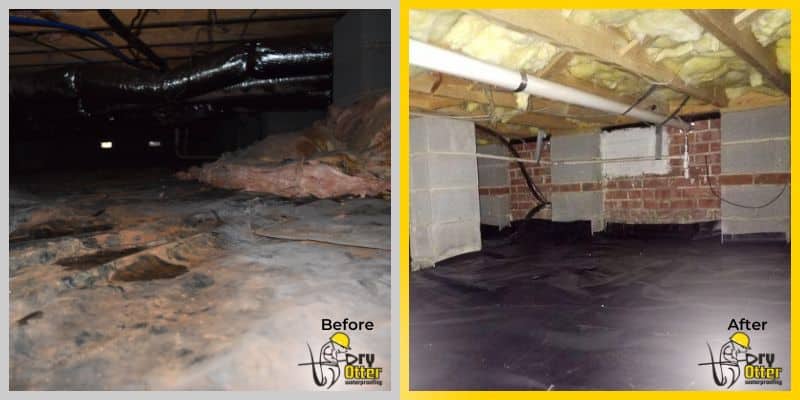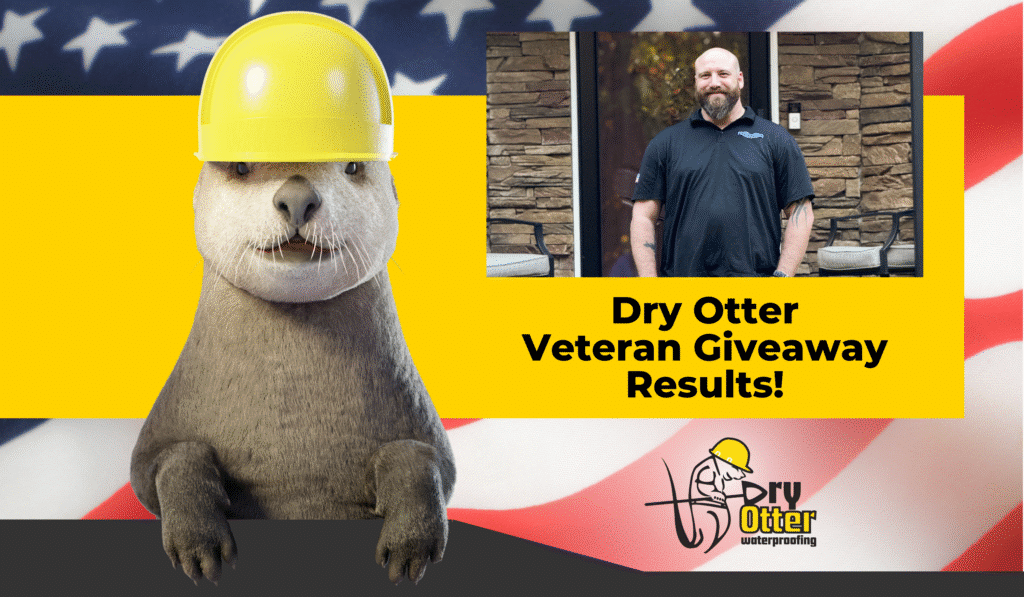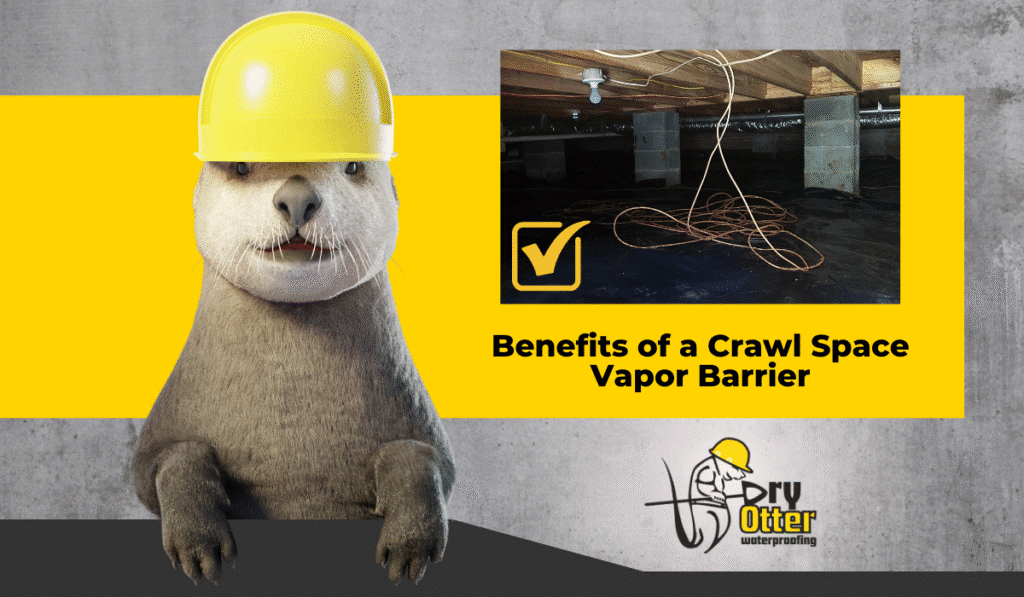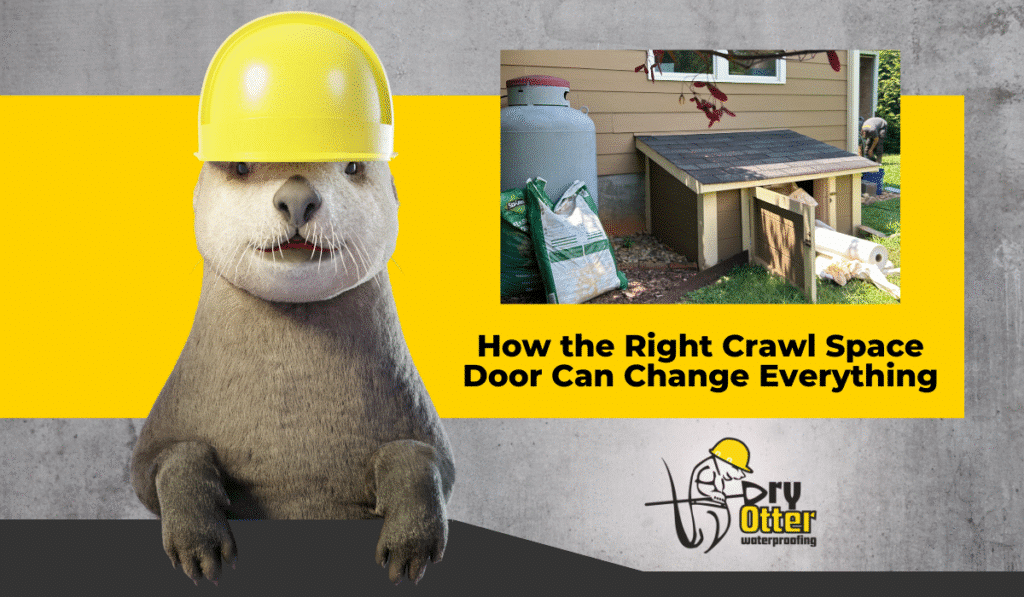If you’ve ever been inside your crawl space, you know it’s not the most comfortable part of the home. It’s often dark, damp, and full of humidity. That moisture doesn’t just stay in the crawl space, though. It can rise up into your living area, affecting your home’s air quality and even its structure. One of the best ways to control that moisture is with a crawl space vapor barrier.
The Basics of a Vapor Barrier
A vapor barrier is a layer of plastic or similar material that covers the ground in your crawl space. Its main purpose is to keep moisture from the earth from evaporating into the air under your home. Even if your crawl space looks dry, the soil beneath it holds moisture that can seep into the air over time. That constant exposure creates a damp environment where wood can rot and mold can grow.
By installing a vapor barrier, you create a protective layer that blocks that ground moisture. It’s one of the first steps toward a healthier, more energy-efficient crawl space.

How a Vapor Barrier Works
Think of your crawl space as a system. The ground gives off water vapor, and that vapor naturally rises into the air. Without a barrier, that moisture spreads throughout the crawl space and even makes its way into the rest of the house.
A vapor barrier works by stopping that movement. It’s typically made from a heavy-duty polyethylene material that’s laid directly over the soil. The sheets are overlapped and sealed at the seams, and the edges are secured along the walls and around piers. This creates a continuous layer that traps moisture where it belongs: Beneath the barrier, not inside your home.
Benefits of Installing a Vapor Barrier
A properly installed vapor barrier offers more than just a dry crawl space. It helps protect your entire home.
- Prevents mold and mildew: Moisture encourages mold growth, which can damage insulation, wood, and even affect your indoor air.
- Improves air quality: Up to half of the air you breathe on the first floor can come from your crawl space. Keeping that area dry means cleaner air inside your home.
- Reduces odors and pests: Damp crawl spaces attract insects and cause musty smells. A vapor barrier helps discourage both.
- Protects your structure: Excess moisture can lead to wood rot and structural damage over time.
- Increases energy efficiency: Dry air is easier to condition than humid air, which means your HVAC system doesn’t have to work as hard.

When a Vapor Barrier Isn’t Enough
While a vapor barrier is an important first step, it doesn’t solve every moisture problem. If water is entering your crawl space through walls or floor cracks, or if humidity levels stay high, you may need additional solutions. That’s where crawl space encapsulation comes in. It’s a more complete system, that combines the vapor barrier with wall liners, insulation, and a dehumidifier to keep everything dry and controlled.
Professional Installation Matters
The effectiveness of a vapor barrier depends on how well it’s installed. Gaps, tears, or poor overlaps can let moisture sneak through and undo the work you’ve done. A professional team will ensure every corner is properly covered and that the material is the right thickness for your space.
Keep Your Crawl Space Dry
A crawl space vapor barrier is one of the simplest and most effective ways to protect your home from moisture damage. When installed correctly, it helps create a cleaner, safer, and more efficient home from the ground up.
You Otter Get Dry.






